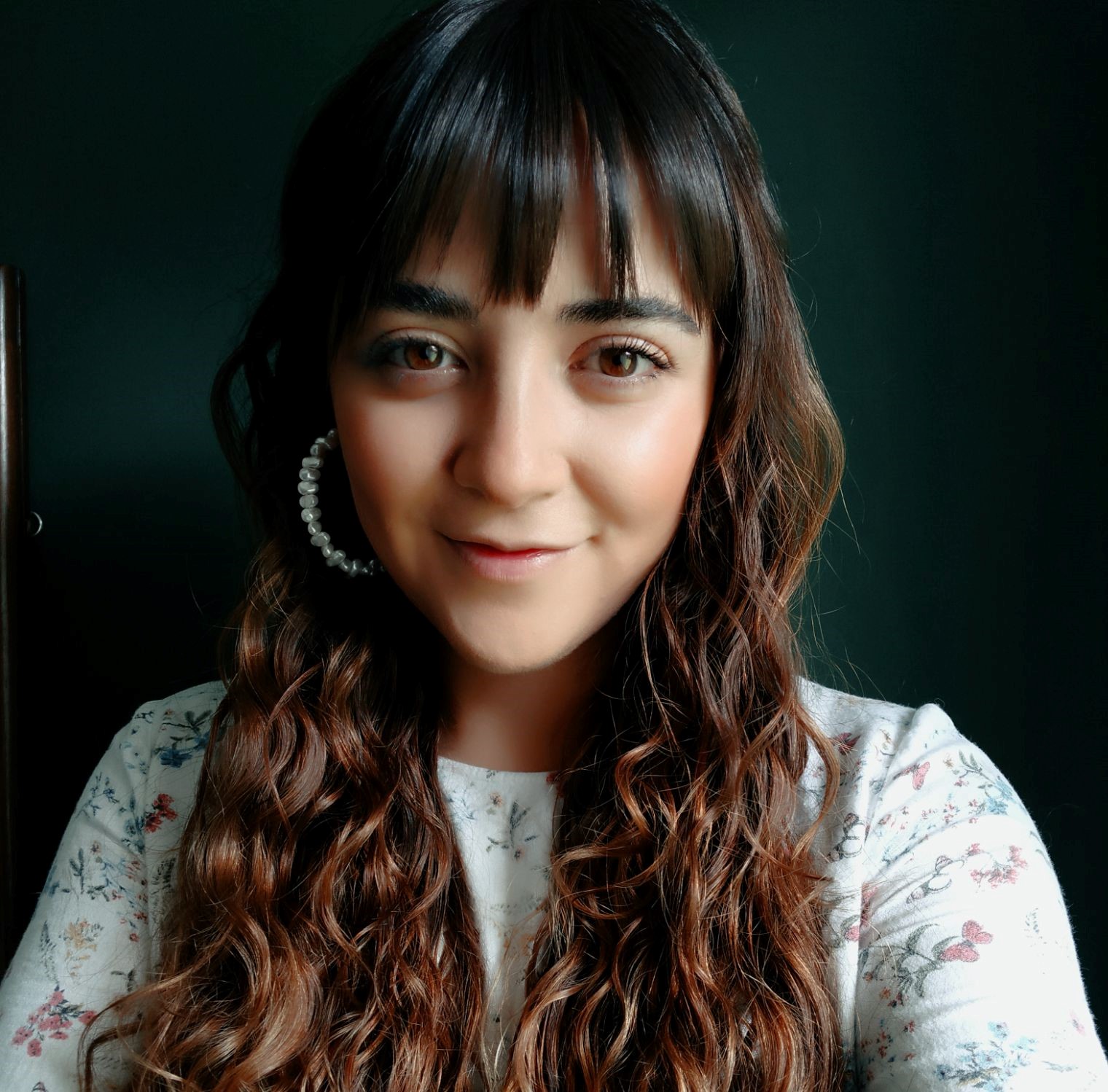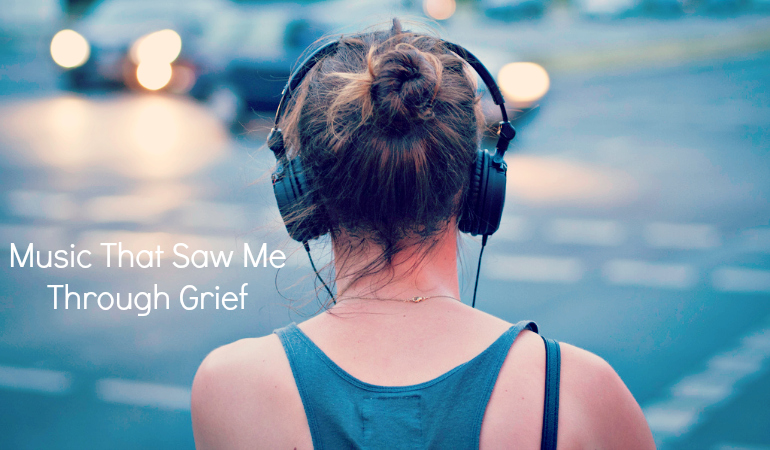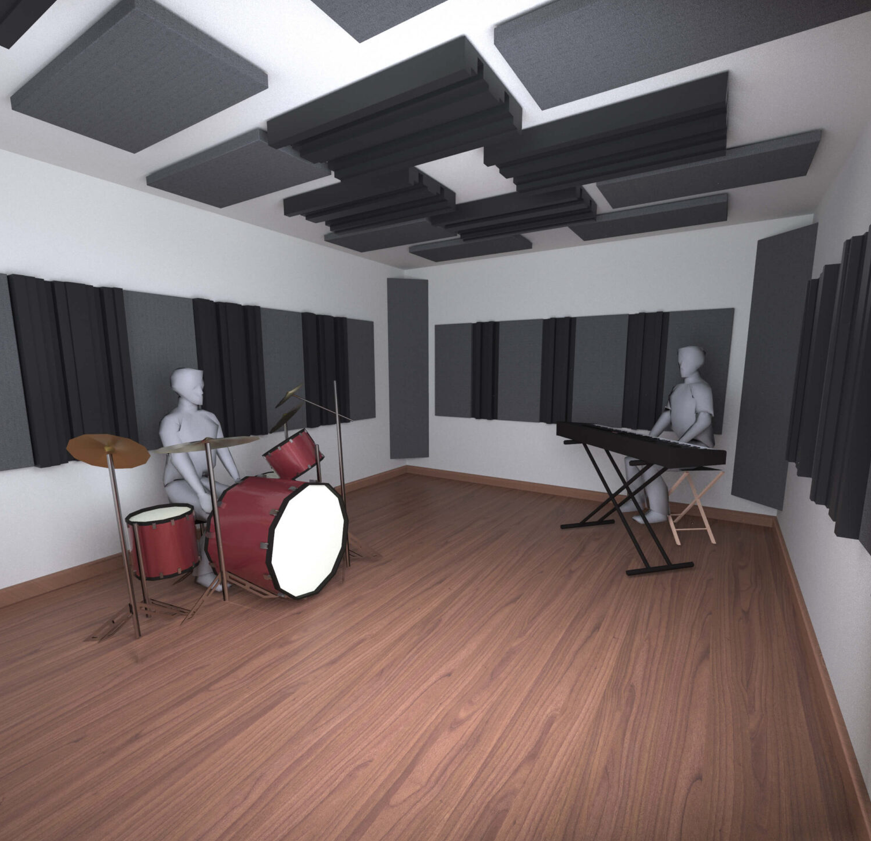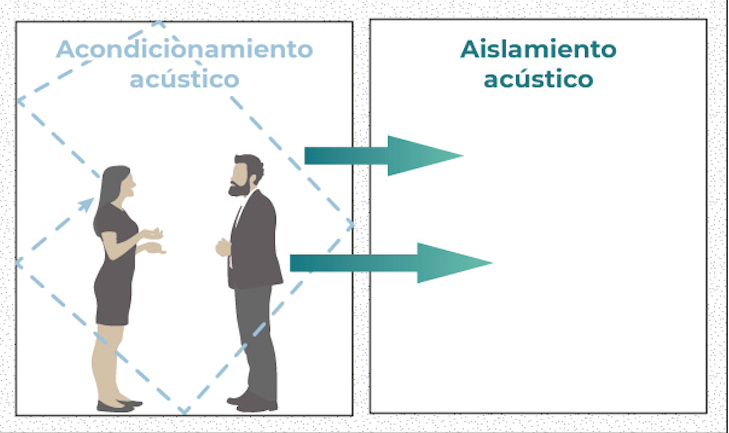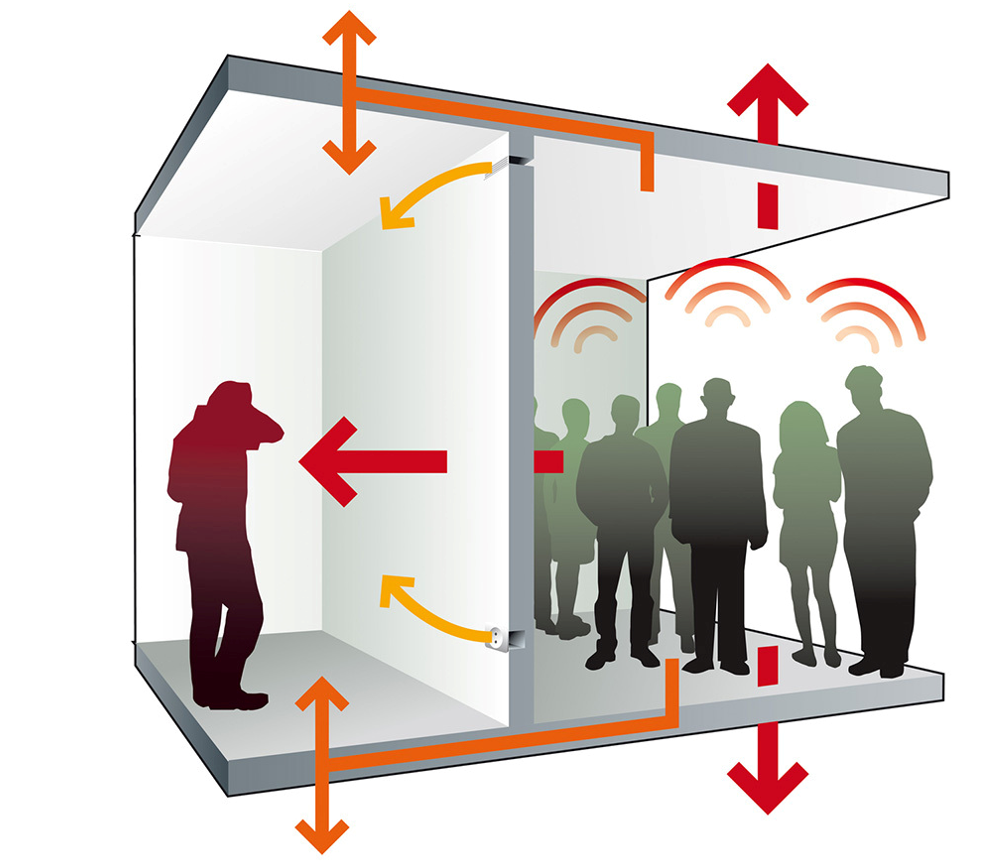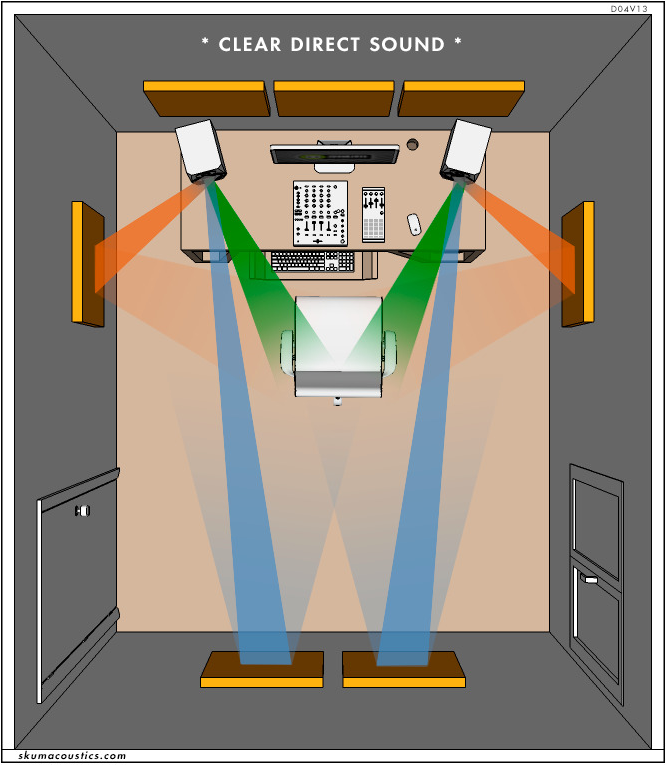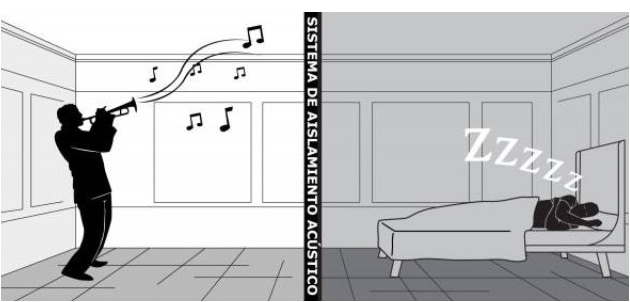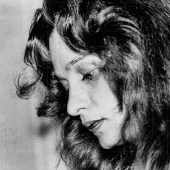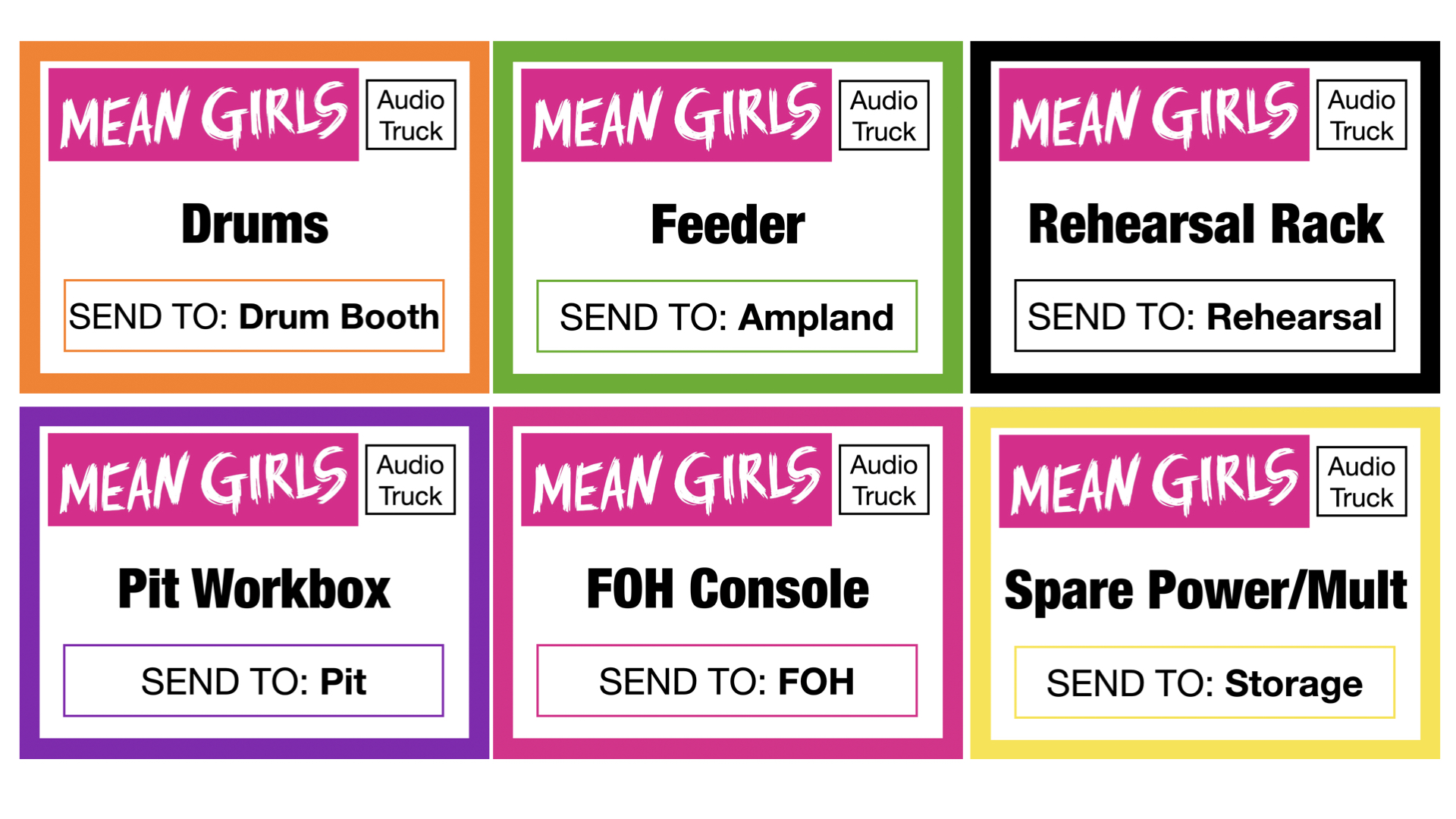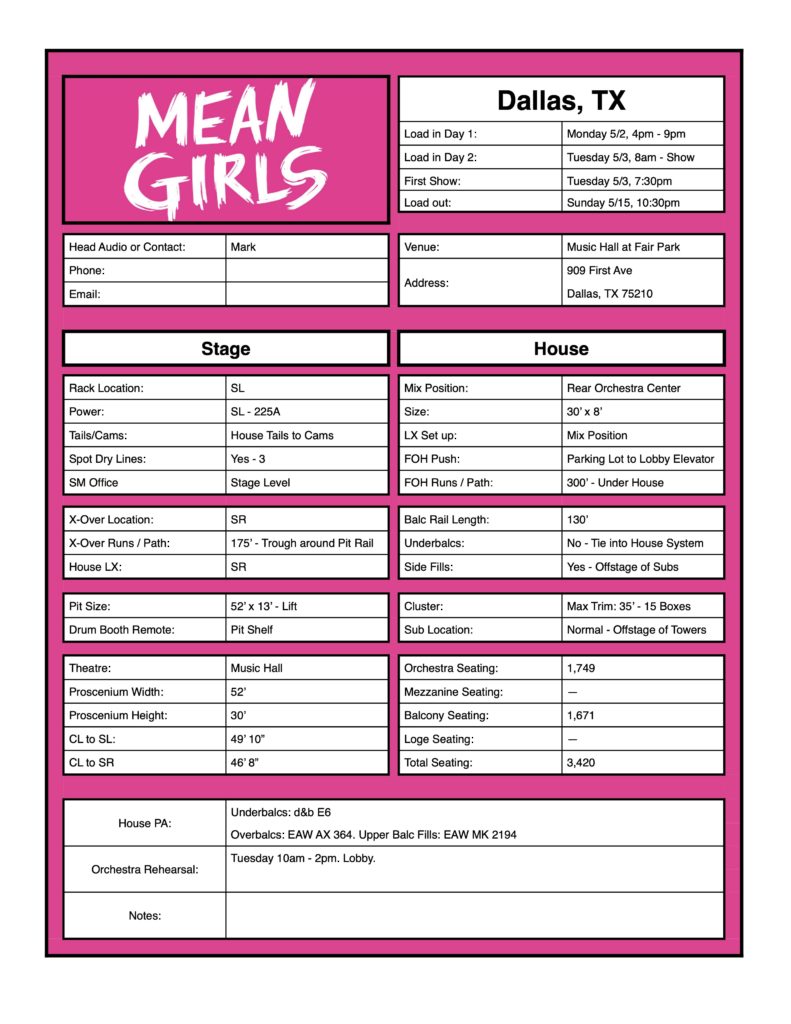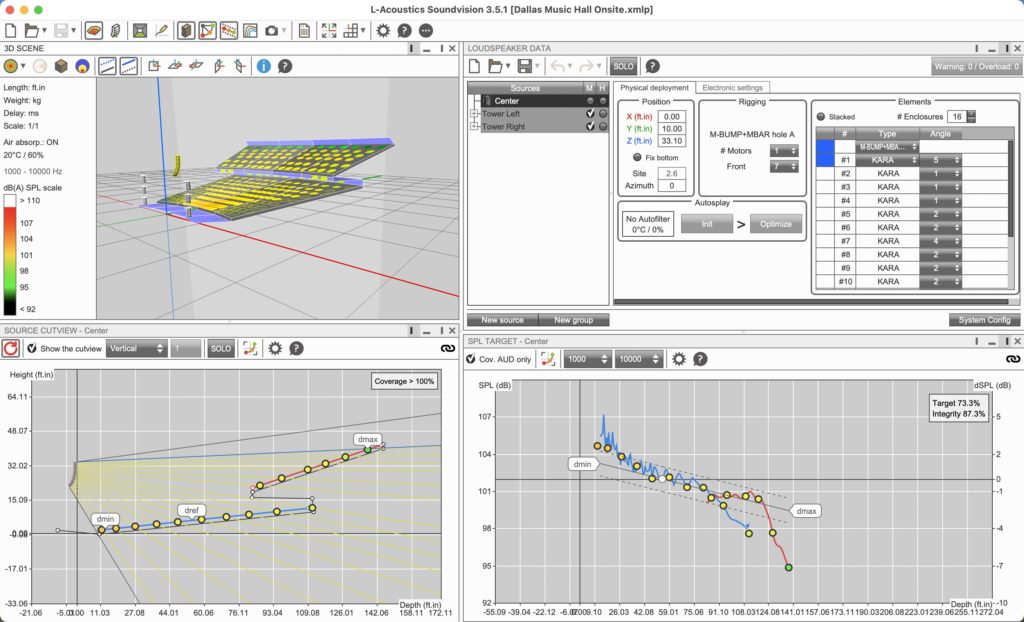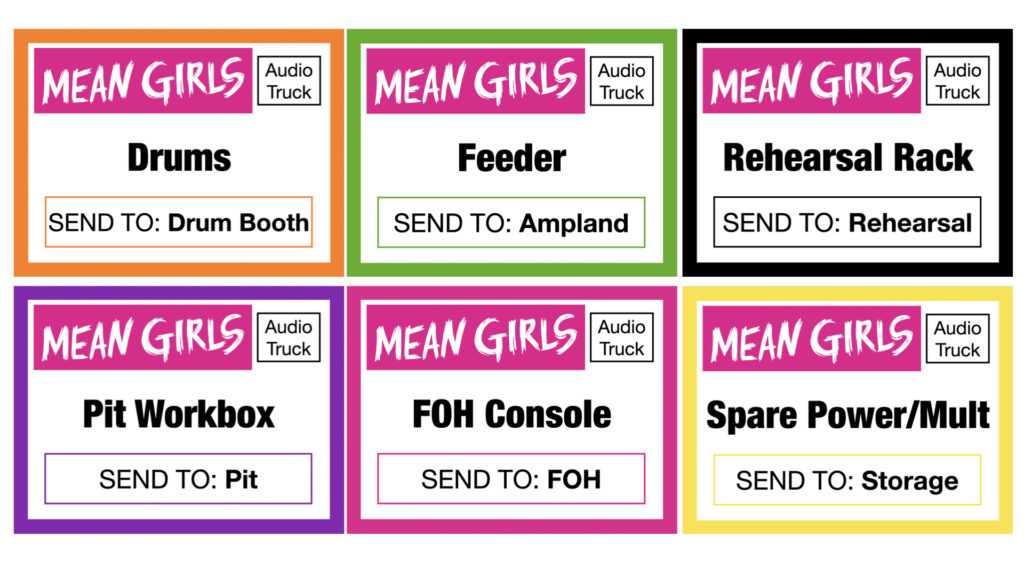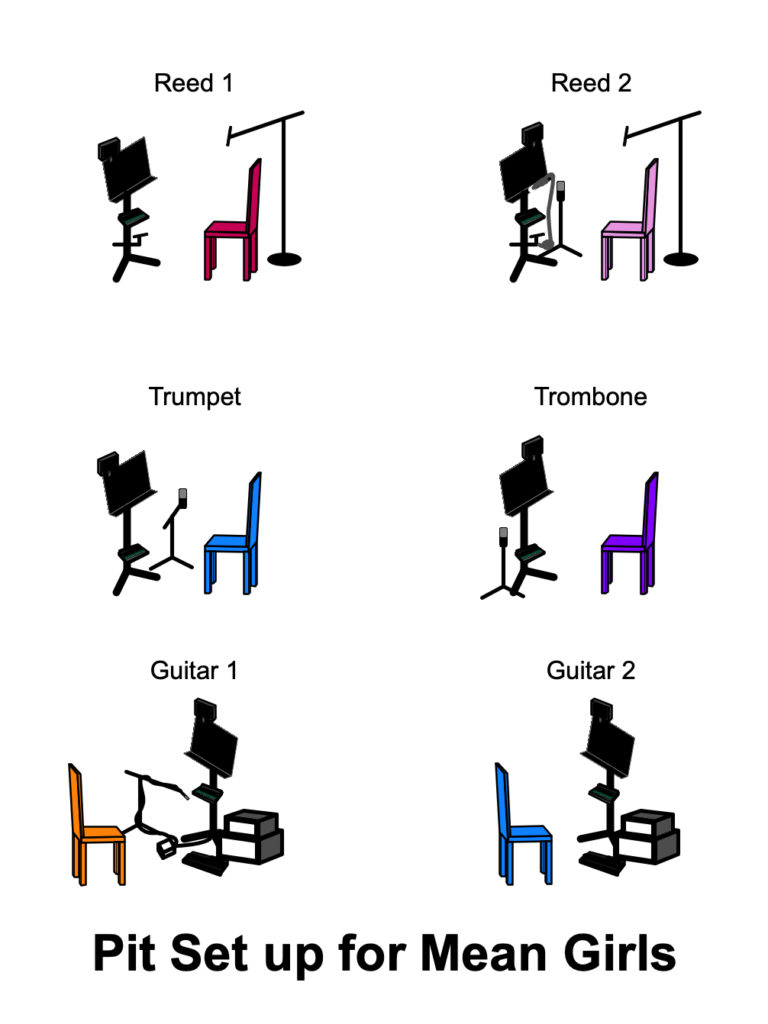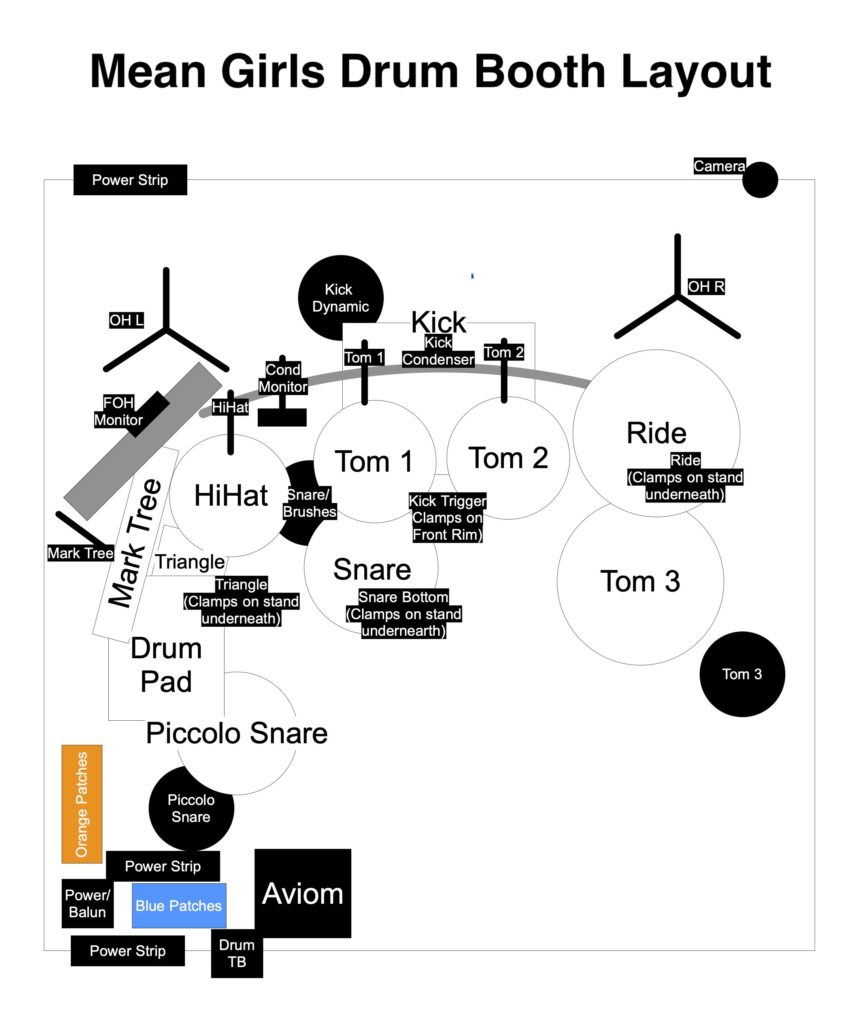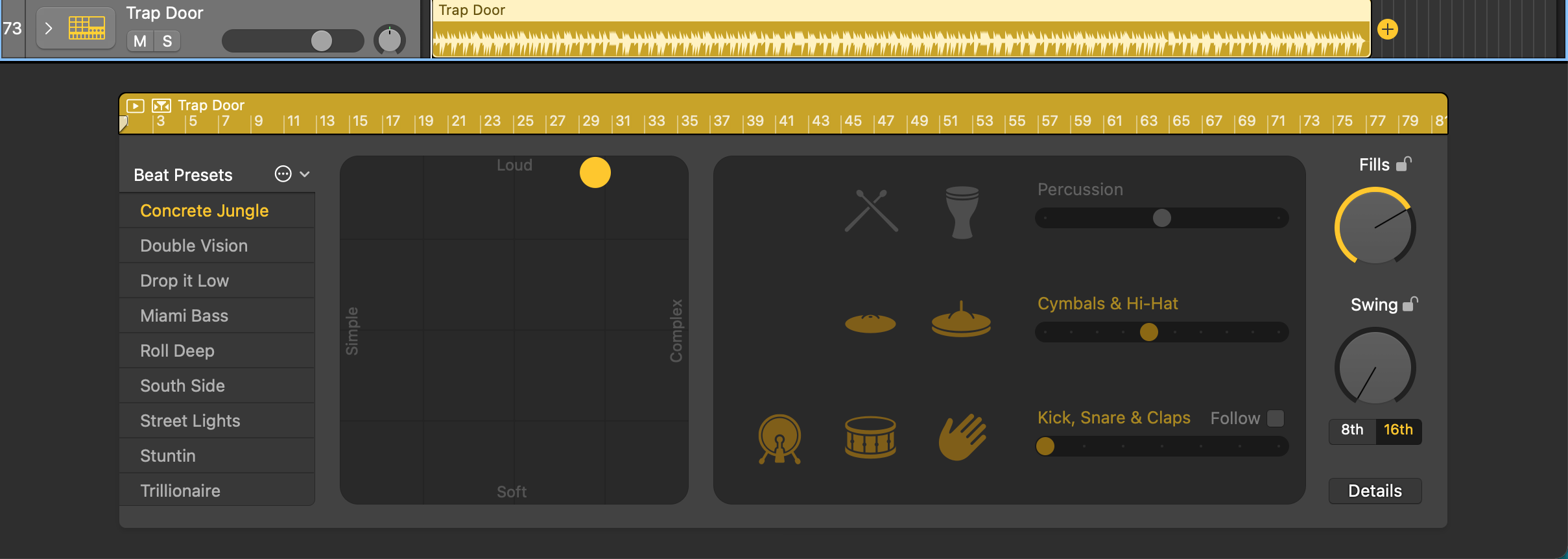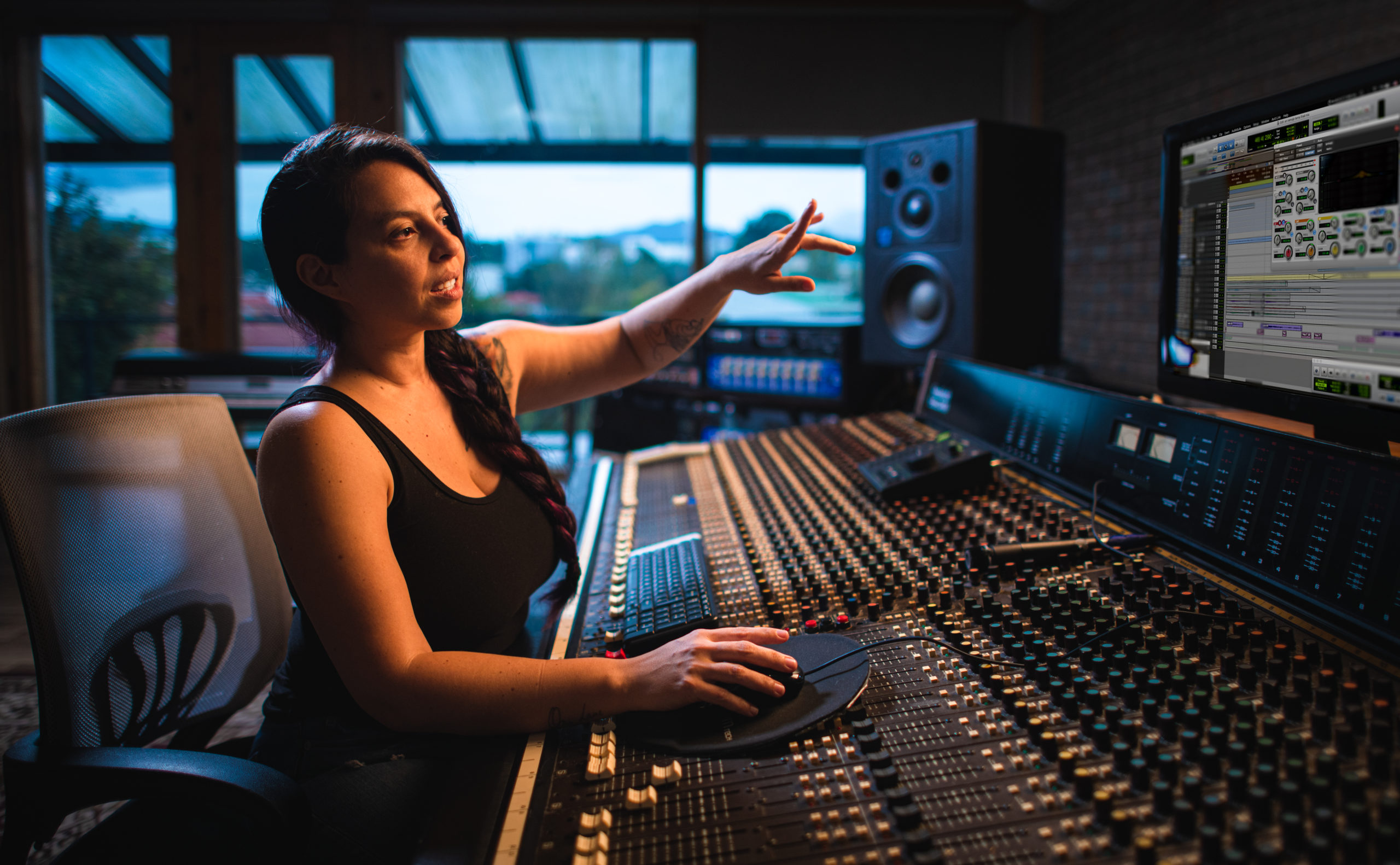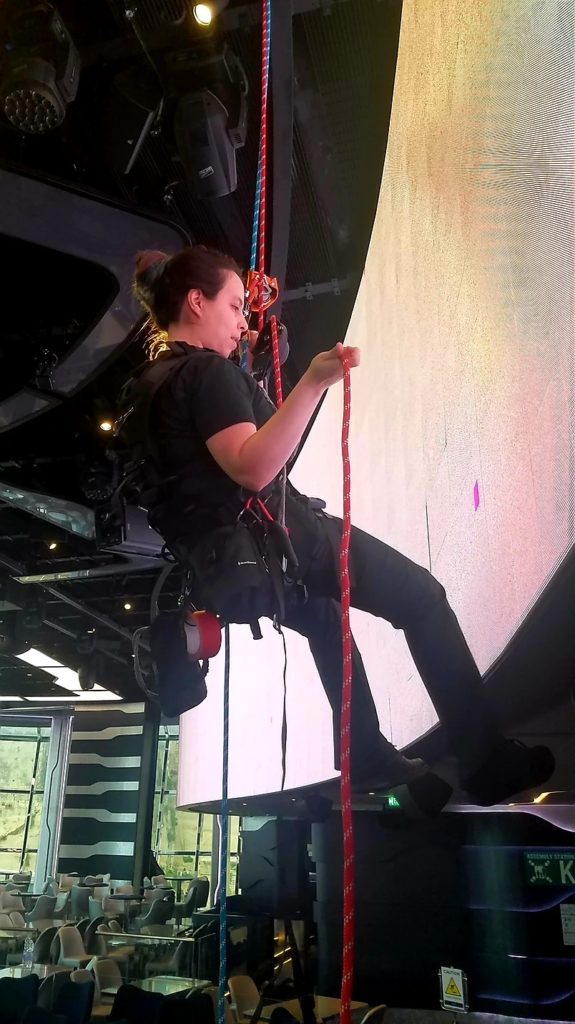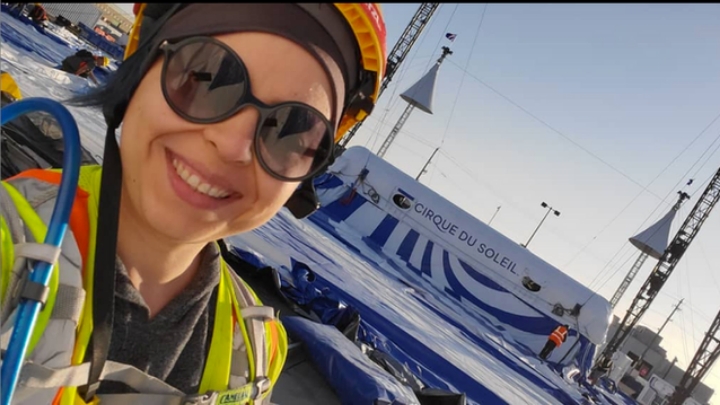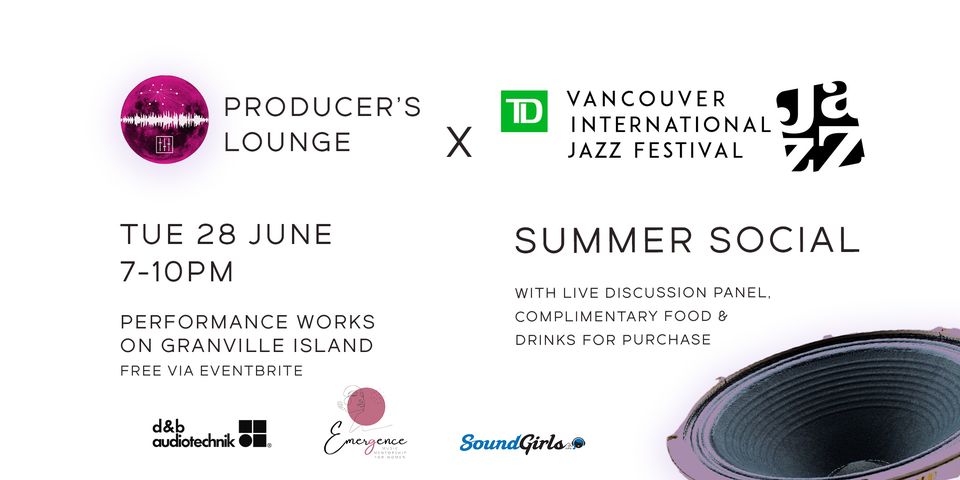
CONNECT: Social Mixer Hosted by Coastal Jazz & Producers Lounge
About this event
CONNECT: Producers Lounge x Coastal Jazz
Connect. Community. Celebrate.
Welcome back to another Producers Lounge social mixer. Come connect with your music community in-person again, while at the TD International Vancouver Jazz Festival.
The event is hosted by Jane Aurora (Producers Lounge) and Nina Horvath (Executive Director of Coastal Jazz).
The panel discussion is moderated by DJ Denise Fraser (Host of URP and Queer FM), and features, Alexis Douglas (SoundGirls.org), Mimi Abraham (Production Manager), Caitlin Goulet (Singer/Songwriter & EmergenceBC), Roisin Adams (Pianist & Composer), Manuel Avila (Touring FOH/MON), and Kristina Lao (Entertainment Consultant & Host of Bombshell Brunches).
Tuesday, June 28, 2022
Location:
Performance Works on Granville Island
Address:
1218 Cartwright St, Vancouver, BC V6H 3R8
Located on the Unceded Traditional Coast Salish Lands including the Tsleil-Waututh (səl̓ilw̓ətaʔɬ), Squamish (Sḵwx̱wú7mesh Úxwumixw) and Musqueam (xʷməθkʷəy̓əm) Nations, also known as Vancouver, BC.
Time: 7 pm to 10 pm
Eventbrite Link to RVSP:
https://www.eventbrite.ca/e/
Catering is sponsored by d&b audiotechnik.
Bar sales are a fundraiser for Coastal Jazz.
Let us celebrate!
7:00 PM Doors
7:30 PM Panel
8:00 PM Connect Social
9:30 PM Optional, Afterparty at Ocean Art Works (3 min walk)
_________________________
Producers Lounge:
Elevating women, non-binary identifying, and underrepresented music producers and engineers from BC. Supported by Creative BC and the Province of British Columbia.
Coastal Jazz:
Our mission is to connect, transform, inspire and nurture artists and audiences through the joy, passion, and power of jazz.
Hosted by:
Jane Aurora, Producers Lounge
Jane Aurora is a producer, musician, and mix engineer. Jane is the owner of Capsule Studios and co-owner of the music licensing company Arrival Sounds. As creative director of Producers Lounge, a program elevating women and non-binary music producers, Jane has created many opportunities for women and non-binary music producers situated in BC.
==============================
Nina Horvath, Executive Director of Coastal Jazz
Nina Horvath is a pianist, singer, and the new Executive Director of Coastal Jazz. Coastal Jazz is the largest non-profit presenter of music in BC through the annual TD Vancouver International Jazz Festival and is committed to connecting and inspiring through the joy, passion, and power of jazz. Nina has worked in Vancouver, and throughout Canada and the US, as a performer and administrator, with a passion for building communities connected through music and art.
Panel:
DJ Denise Fraser | Moderator
DJ, Sound Tech, Owner of Denzin 8 Productions
and Radio Show Host of the Urban Renewal Project o Co-op Radio & Queer FM
DJ Denise is one of the leading female DJs in Vancouver, Canada. Breaking boundaries for female DJs around the world, producing her own beats, promoting events, recruiting new artists, and most importantly, making bodies sweat on dance floors all over. DJ Denise has performed at all of the major nightclubs in Vancouver and traveled to Ireland, England, the Netherlands, the US, & many provinces across Canada.
When she isn’t opening for Wu-Tang Clan, & The Wailers, DJ Denise enjoys traveling to new cities to discover and connect with other community radio stations. Live Sound. Sound Tech for Live events with bands, solo performers, and conferences is a passion of hers.
DJ Denise is also a seasoned radio show host for two shows in Vancouver.
QueerFM
CITR Radio citr.ca 101.9 FM
Tuesday from 8 am – 10 am
https://www.facebook.com/
Urban Renewal Project
Vancouver Co-op Radio 100.5 FM
Tuesdays from 10 pm – 12 am
https://www.facebook.com/
Alexis Douglas
Co-director of SoundGirls Vancouver
Freelance TM/FOH/MON/PM
Alexis Douglas has over 15 years of experience in the music industry. She started at Hipposonic/Mushrooms Studios and CBC Vancouver doing music recordings for rock, pop, and symphonies. Now, she focuses on live sound specializing in music festivals, theatres, and conferences all over Western Canada. She is also a proud member of IATSE 118 the local theatre union. In 2015, she and Swann Barrat founded the local Vancouver SoundGirls chapter. Where we have been supporting aspiring sound engineers with job shadowing, workshops, and gigs.
SoundGirls
Our mission is to create a supportive community for women and under-represented groups in audio and music production, providing the tools, knowledge, and support to further their careers. We are inclusive and welcome everyone that has a passion for audio.
Women in Live Music Europe – WILM is proud to showcase the professional women working across Europe in the Live Music Industry.
Mimi Abrahams | Technical Director, Production Manager, and Event Designer
Mimi Abrahams is a theatre and live event alchemist, with over 20 years of experience in production management, lighting, and set building for festivals and the performing arts. She is a master of taking the core elements down to their purest form and rearranging them for the best presentation and execution. Deeply rooted in the nitty-gritty of backstage operations, adept at managing multi-layered situations and complexity, with a talent for elegant design-based solutions. She is a caring mentor for countless humans in our performing arts community.
Some of her career highlights:
Production Manager at Indian Summer Festival
Production Manager at The Chutzpah! Festival
Technical Director at the Norman Rothstein Theatre
Caitlin Goulet
R&B Dreampop Artist, Producer, Mother,
and a Mentor at Emergence: Music Mentorship for Women
https://www.
Caitlin Goulet is a multi-talented R&B Dreampop singer, songwriter, and music producer, based in the Unceded Musqueam, Squamish and Tsleil-Waututh Territory known as Vancouver, Canada.
Her 2021 album, “Inside Thoughts,” explores the inner world of a sad-girl gone bad girl who’s bossing up and healing. Raw, conversational, and unapologetic lyrics are channeled through a dynamic and magnetic voice. Her alt-pop, dream-pop, and alternative r&b stylings.
Caitlin is of Métis/French/Irish/Scottish/
Dive Deep – Cailtin Goulet – Music Video
Emergence: Music Mentorship for Women
Music Mentorship Workshops for women, female-identifying and non-binary artists, musicians, and singers.
https://www.
Roisin Adams | Pianist, Improviser, & Composer
Róisín Adams is a composer, pianist, and educator based in Vancouver, Canada, whose work has been praised for its evocative, entrancing, and ethereal qualities. She founded the improvisatory instrumental jazz quartet Hildegard’s Ghost.
Check her out at the TD International Jazz Festival.
July 3 @ 1:30 PM
Roundhouse Performance Centre
Event details:
https://www.coastaljazz.ca/
BEATINGS ARE IN THE BODY
Borrowing the project’s name from a work by Canadian poet Meaghan McAneeley, Beatings Are In The Body is a bracingly beautiful collaboration between Montreal’s Erika Angell (Thus Owls) on voice/electronics, Róisín Adams (Hildegard’s Ghost) on piano/wurlitzer/voice, and acclaimed Vancouver cellist Peggy Lee. Together, they artfully explore how memories, pain, and a spectrum of emotions are stored in and continue to be carried by our physical bodies.
BEATINGS ARE IN THE BODY – Music Video
Manuel Avila | Touring TM/FOH/MON/TM
Manuel Avila was born in Mexico City and moved to Canada 22 years ago. He grew up in the show business industry as a part of his family’s production company and graduated with a degree in Communications from the prestigious University Iberoamericana. In 2002, he obtained a Diploma in Commercial Photography from Dawson College in Montreal.
Since the beginning of his career, he has worked for many international productions across North America, including the Summit of the Americas, and large-scale shows for the Mexican government. From corporate events to small and big concerts, Manuel is fully dedicated to projects in the music and show business industry as well as promoting events and supporting the diffusion of Mexican culture in Canada.
For the last 6 years, he was a tour manager for the Mexican rock band EL TRI and is currently working as a production manager for the indigenous cultural organization 2 Rivers Remix Society, producing shows for its summer tour of festivals all over British Columbia. Manuel is now planning a tour in Europe in the fall for a reality TV show presenting Canadian rock talent.
Kristina Lao | Entertainment Consultant
Kristina (she/her), is an Artist-Advocate with over 15 years working internationally as a creator, connector and curator in film, music and media. She is originally from Hong Kong, now residing on the unceded Traditional Coast Salish Lands including the Tsleil-Waututh (səl̓ilw̓ətaʔɬ), Squamish (Sḵwx̱wú7mesh Úxwumixw) and Musqueam (xʷməθkʷəy̓əm) Nations, also known as Vancouver, BC. Kristina is a working actor, songwriter, narrator and co-founder of Bombshell Brunches. In 2022 she is part of the Storyhive Summer Crew, live-streaming local events around Vancouver. She is concurrently an event curator and career consultant, working with organizations including the Vancouver Asian Film Festival, Renaissance Opera, and Elimin8Hate. She has hosted over 200 events, panels and workshops in the last five years, and helped over 1000 graduates and emerging artists connect to opportunities in film, TV and Music & Media to date. She has participated on multiple Provincial and National Music & Media Industry Boards and Panels. Kristina specializes in developing and championing sustainable career pathways in the creative industries while reducing visible and invisible barriers to entry.
IG: https://www.instagram.com/
Facebook: https://facebook.com/
Twitter: https://www.twitter.com/
IMDB: https://www.imdb.com/name/
LinkedIn: https://www.linkedin.com/in/
Clubhouse: @mykristinalao
Bombshell Brunches
Bombshell Brunches is a community where you can access real people doing big things, making changes in their lives and taking strides in this complex world.
Join us in this space for like-minded people: ambitious, entrepreneurial, and creative, with a commitment to social betterment. A community for all, we get real and we aren’t afraid to disagree. Strong believers in representation, social impact, and internal revolution, we LIVE to highlight, normalize and glamourize the many different ways to live a brave and full life.
https://bombshellbrunches.com/
_________________________
Summer Social Afterparty @ Ocean Art Works 9:30 PM
GRANVILLE ISLAND JAZZ
Tuesday, June 28, 2022
Ocean Art Works
9:30 PM $10 at the door
Address:
1531 Johnston Street, Granville Island
(3-minute walk from Performance Works)
PETUNIA AND THE VIPERS
Petunia and the Vipers seem to have time-travelled straight from the 1920s. Barnstorming through Western swing to early rock ‘n’ roll and rhythm and blues, theirs is a joyfully anachronistic symphony of picking, yodels, howls, and pure fun.
EMILY ROSE NYBERG
Emily Rose Nyberg learned to play guitar from her father Rodney, who heartily encouraged her unorthodox style. Now that he’s passed, Emily sings gospel, old-time country, and blues-inflected songs she’s road-tested in Southern Appalachia kitchen parties and East Van punk houses alike—bridging them to the heavens through inspired finger-picking on Rodney’s old hollow-body guitar.
For more information:
https://www.coastaljazz.ca/
